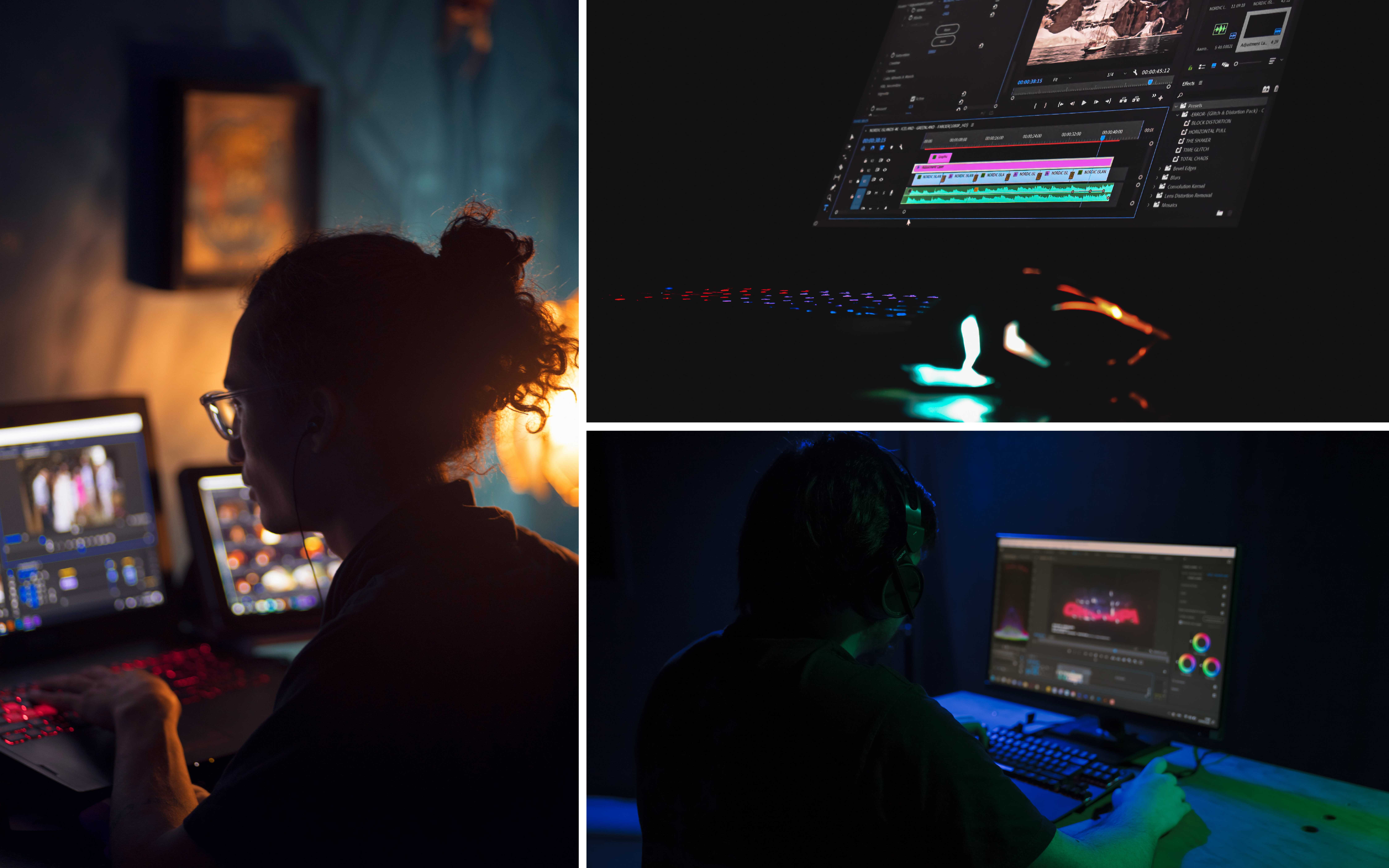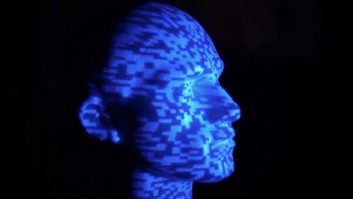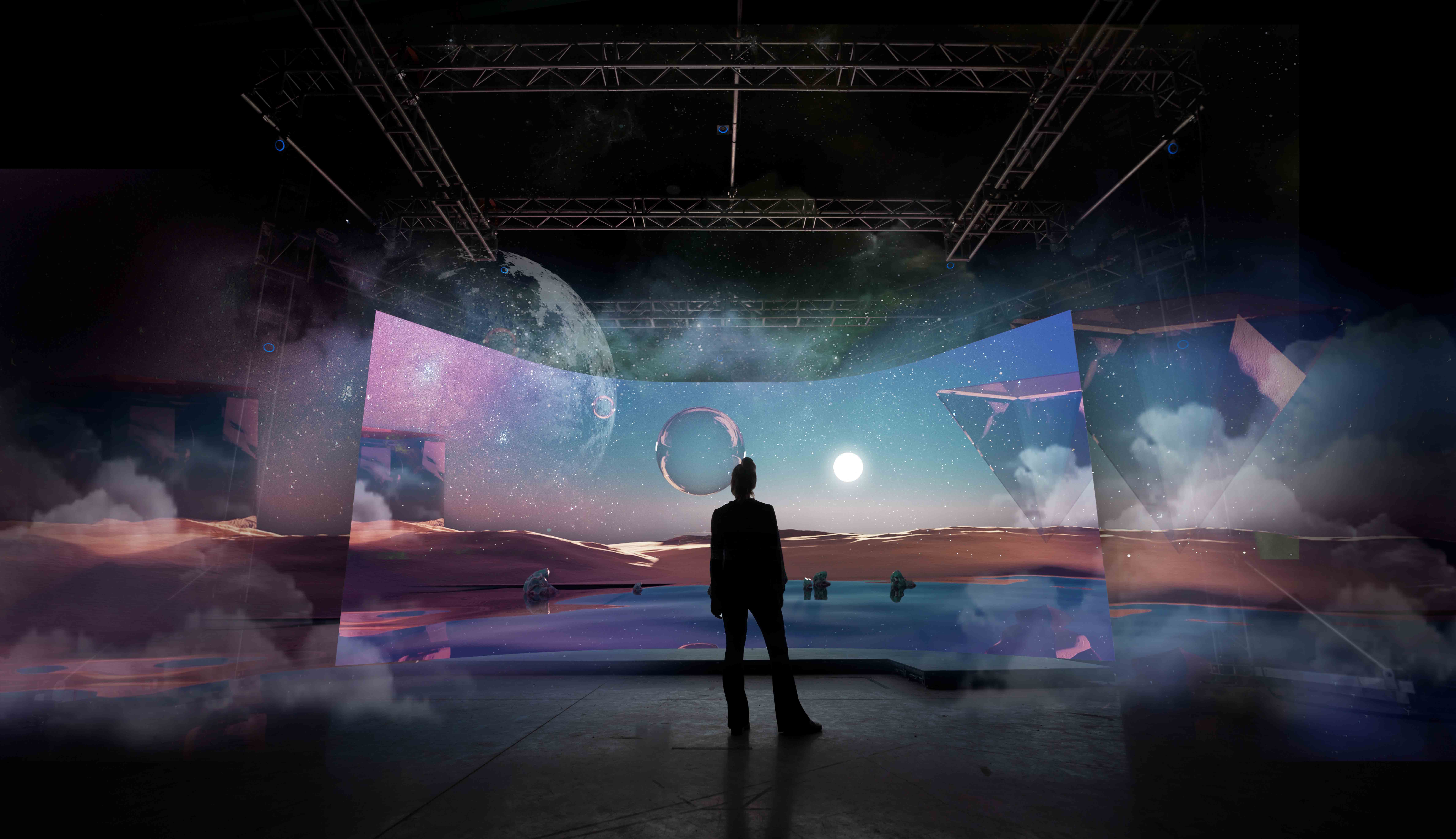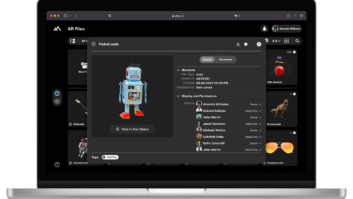Can 2D and 3D live coverage be produced both technically and editorially from the same operation? Broadcasters and rigs developers appear at odds in this key debate, whose significance will be reflected at TVBEurope’s 3D Masters (www.3d-tvmasters.com) conference in London next week, writes Adrian Pennington.
If 3D content is to move beyond niche and one-off events into regular and mainstream TV programming the time, complexity and cost of production has to be brought within manageable means.
While there’s broad agreement that to do this new technology needs developing and adopting, it’s fair to say that there are differences of opinion about how quickly and how easily this is to be achieved.
The issue was highlighted recently when Avatar director James Cameron declared that within two years most 2D productions will have a 3D feed extracted from it for broadcast. Along with business partner Vince Pace, Cameron (pictured here, right, with Pace; image by Marissa Roth) outlined a vision in which 3D technology would effectively piggy-back on 2D camera positions, directorial and workflows, eliminating the need and budget for additional 3D specialists, convergence ops and a separate technical operation.
It’s a view that Pace, co-founder of CAMERON – PACE Group, realises is fundamentally different to how 3D broadcasters this side of the pond believe 3D live production is best achieved.
Darren Long, director of operations at Sky Sports, admits to feeling “incredibly surprised” by Cameron’s remarks “because I don’t see how you can treat every production the same”.
Sky is trialing dual 2D 3D operation but picking its sports carefully. “Darts works. Boxing is totally possible and other sports where the action is constrained in one area and we’re not swinging cameras around. With football though, you will get away with some joint editorial, but not all.”
CAN Communicate’s Duncan Humphreys who is advising Sony on its production of Wimbledon in 3D and HBS for the production of the FIFA World Cup in 2014, says he can envisage a joint 2D and 3D technical production “but different sports require a different editorial approach. One size does not fit all and for most sports a separate 3D cut is necessary.”
Acknowledging the difference of opinion, Pace responds: “The prevailing view is that 3D is a standalone product which is getting 2D to convert to a 3D methodology but that is not our direction,” he says. “Our view is to concentrate on enhancing the viewing experience without treating 3D as a different product.
“Although I think the direction is fundamentally different for us, we’re not just the Hollywood guys shouting at broadcast with loudhailers. Our approach to designing technology is to use as many of the 2D assets as we can, to tell the story of sports with a 2D foundation and elevate the viewing experience to another level.”
CPG (as PACE) has completed over 40 live mainly sports broadcasts, working closely with ESPN, Fox Sports and the MBA and designing and building two dedicated 3D trucks for NEP Visions.
“I used to say, like many others, that 3D is the best seat in the house. But I realise that the person sitting in the best seat in the house is the 2D camera guy and the 2D director,” he argues. “That’s how it has been planned so there we have to find ways of working with that, not against it.
“Another example — there is a lot of value in the colour and commentary of a 2D sportscast with which people are familiar. Are we going to have to condition people to accept separate commentaries?”
Finding the right fit
The experience of the Sony/HBS production of the FIFA World Cup and also of Sky Sports’ 3D coverage of English Premiership Football leans toward a fewer cuts, judicious use of steadicams at pitchside, slower pans, separate commentary and a view that the camera One gantry position doesn’t provide quite enough depth of field to add anything of value for the 3D viewer. Sky is negotiating with soccer stadia to locate its rigs on lower positions.
Pace recognises that he has a fight on his hands to convince broadcasters to alter this perception. “The technology feels like it is restricting the editorial vision at this point – that you can’t move cameras fast, that you have to frame differently in 3D, that the high up angle is flat,” he says. “When you are dealing with tools at a basic level it pushes you into an interpretation of 3D that is unfair. This is what happens when you don’t have the right tools to experiment with. The technology should be working with the subject matter, not against it.”
Pace’s chief competitor, Steve Schklair, CEO 3ality Digital – a keynote speaker at 3D Masters – concurs with the broad line of Pace’s argument.
“Everyone talks about the creative differences between 2D and 3D as being a barrier to simultaneous productions but I’ve never seen a 2D cut of anything shot in 3D that didn’t work,” Schkliar says. “The audience has been trained by the broadcaster over a decade to accept more cameras and angles. So it’s about training the audience back the other way. There would be some compromise on the 2D and the 3D editorial but TV is a business of compromise.”
There is in fact a great deal of common ground between CPG and, say, the BSkyB’s position, not least in the drive to reduce operational costs by using technology to streamline production and eradicate the number of convergence and 3D technicians.
“The problem is that we are all discussing the 10-30% difference between 2D and 3D when we should be working on the 60% that is positive and the same,” says Pace. “I think the viewer wants an enhanced viewing experience yet we get so caught up on how this camera pan won’t work, or this cut won’t make it in 3D – shots which wind up being 5% of the total show. As an industry we are fixated on that 5% instead of the real heart of the production. If we can elevate 2D production into an entertainment experience people are willing to pay for then we will have accomplished our goal.”
3D Masters takes place at BAFTA, London, next Wednesday (15 June). For more details, visit www.3d-tvmasters.com.







